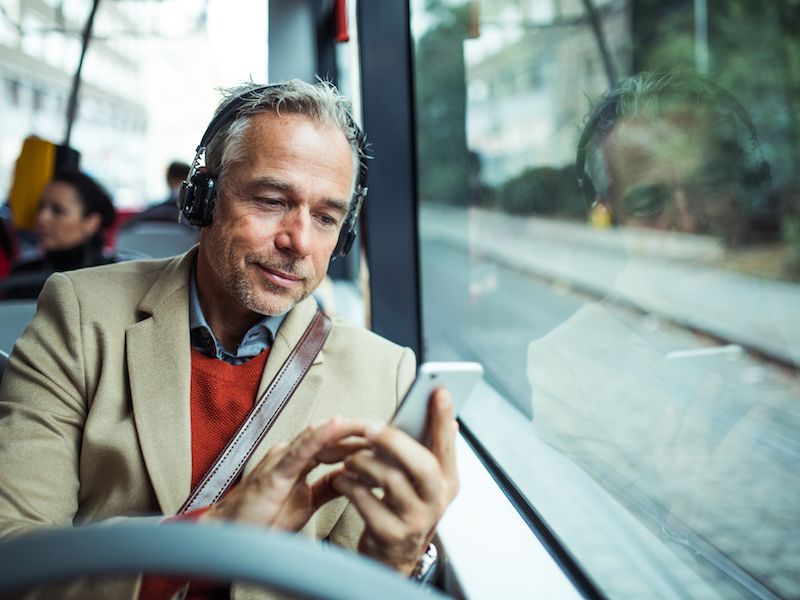
Hearing loss is generally considered an older person’s concern – as a matter of fact, it’s estimated that nearly 50% of individuals aged 75 and older have some type of hearing loss. But new research reveals that younger people are at risk for hearing loss – and, alarmingly, they are losing their hearing even though it’s absolutely avoidable.
A study of 479 freshmen from three high schools carried out by The National Foundation for the Deaf and Hard of Hearing discovered that 34% of those students exhibited signs of hearing loss. Why is this happening? Mobile devices with earbuds or headphones connected are believed to be the culprit. And younger people are not the only ones in danger of this.
What Causes Hearing Loss in People Below The Age of 60?
For teenagers and everyone else, there is a simple rule for earbud volume – it’s too loud if other people can hear your music. Your hearing can be injured when you listen to noises higher than 85 decibels – which is about the volume of a vacuum cleaner – for a prolonged period of time. If the volume is turned all the way up on a standard mobile device it’s volume is approximately 106 decibels. Your hearing is injured in under 4 minutes in these circumstances.
Although this seems like common sense stuff, in reality kids spend in excess of two hours each day on their devices, often with their earphones or earbuds connected. They’re playing games, watching videos, or listening to music during this time. And if current research is to be believed, this time will only get longer over the next few years. Studies demonstrate that dopamine is triggered by smartphones and other devices that have screens, in younger kids’ brains, which is exactly what addictive drugs do. It will be more and more challenging to get screens away from kids, and their hearing could suffer because of it.
How Much Are Young People in Danger of Hearing Loss?
Clearly, loss of hearing presents many struggles to anybody, regardless of age. But there are additional problems for young people pertaining to academics, after school sports, and even job prospects. The student is disadvantaged if they have a difficult time hearing and understanding concepts during class because of early loss of hearing. And since sports require a lot of listening to teammates and coaches calling plays, sports become a lot more challenging. Early loss of hearing can have a detrimental effect on confidence also, which puts unnecessary hurdles in the way of teenagers and young adults who are joining the workforce.
Hearing loss can also result in persistent social issues. Kids whose hearing is damaged have a harder time socializing with friends, which frequently results in social and emotional issues that require therapy. People who suffer from hearing loss can feel separated and have anxiety and depression inevitably resulting in mental health problems. Treating hearing loss often must go hand-in-hand with mental health therapy, especially during the significant developmental stages experienced by kids and teenagers.
How You Can Steer Clear of Loss of Hearing?
The first rule to follow is the 60/60 rule – devices and earbuds should only be used for 1 hour a day at 60% or less of the maximum volume. If your children listen to headphones at 60% and you can still hear the sound while sitting close to them, you should have them turn it down until you can’t hear it anymore.
Also older style over-the-ear headphones may be a better choice than earbuds. Earbuds, placed directly in the ear can actually produce 6 to 9 extra decibels compared to traditional headphones.
Generally speaking, though, do what you can to minimize your exposure to loud sounds throughout the day. You can’t control everything, so try to make the time you’re listening to music free of headphones. And, see us as soon as possible if you suspect you’re already suffering from loss of hearing.
